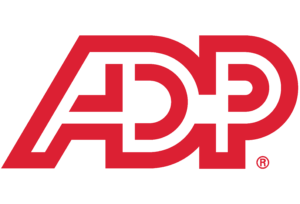ADP Workforce Now: Simplifying Workforce Management
ADP Workforce Now is a comprehensive cloud-based Human Capital Management (HCM) solution that helps organizations streamline their HR processes, simplify payroll administration, and optimize workforce management. Designed for small and medium-sized businesses (SMBs), ADP Workforce Now offers a range of features and tools that cater to the unique needs of these organizations. It has gained popularity among clients in Canada due to its user-friendly interface and comprehensive functionality.
Advantages of Using ADP Workforce Now:
1. All-in-One Solution: ADP Workforce Now offers a complete suite of HR tools, including core HR management, payroll administration, benefits management, time and attendance tracking, talent management, and more. This integrated approach eliminates the need for multiple systems and simplifies HR processes, improving efficiency and reducing administrative burden.
2. Scalability and Flexibility: ADP Workforce Now is scalable and adaptable to the evolving needs of SMBs. As businesses grow and their workforce expands, the system can accommodate the changing requirements, ensuring that HR processes remain efficient and aligned with business objectives.
3. User-Friendly Interface: ADP Workforce Now features a user-friendly interface that is intuitive and easy to navigate. This simplicity enhances user adoption and reduces the learning curve for both HR professionals and employees, improving overall efficiency and user satisfaction.
4. Payroll and Compliance: ADP Workforce Now provides robust payroll administration features, automating calculations, tax deductions, and compliance with legal and regulatory requirements. It helps organizations stay up to date with payroll regulations, ensure accurate and timely payments, and minimize the risk of compliance errors.
5. Employee Self-Service: ADP Workforce Now offers employee self-service capabilities, empowering employees to access their personal information, view pay stubs, manage benefits, and request time off. This self-service functionality reduces HR administrative tasks, enhances employee engagement, and improves the overall employee experience.
When compared to its competitors, ADP Workforce Now offers distinct advantages:
- SAP SuccessFactors: While SAP SuccessFactors caters to a broader range of organizations, ADP Workforce Now specifically targets SMBs. It provides a simplified and user-friendly interface, making it an attractive option for smaller businesses with limited HR resources.
- Oracle HCM Cloud: ADP Workforce Now is known for its ease of use and quick implementation, while Oracle HCM Cloud offers more extensive functionality and scalability. The choice between the two systems depends on the specific needs and size of the organization.
ADP Workforce Now has a significant presence in Canada, serving a wide range of clients across industries. Its clients include small and medium-sized businesses in sectors such as retail, healthcare, hospitality, manufacturing, and more. These clients benefit from the system’s comprehensive HR capabilities, simplified payroll administration, and user-friendly interface, enabling them to streamline HR processes and focus on strategic initiatives.

In conclusion, ADP Workforce Now is a robust HCM solution designed for SMBs, offering comprehensive HR tools, simplified payroll administration, and a user-friendly interface. Its clients in Canada represent diverse industries and rely on the system to streamline their HR operations, improve compliance, and enhance the overall employee experience. You can find out more at their official site.
If you’re looking to migrate to an HRIS or are looking for a consulting to help complete your HRIS or HCM System project, we can provide the help. Reach out to Chris to complete a discovery call.
When choosing an HRIS or HCM, several factors should be considered to ensure the system aligns with your organization’s needs and supports effective HR management. Here are 3 key factors to consider:
Business Requirements: Identify your organization’s specific HR requirements, such as employee data management, payroll processing, benefits administration, performance management, recruitment, and training. Ensure that the HRIS you choose can meet these requirements and provide the necessary features and functionalities.
Scalability: Consider the scalability of the HRIS. Evaluate whether it can accommodate your organization’s current workforce size and growth projections. The system should be able to handle increasing employee data, additional functionalities, and evolving business needs as your organization expands.
Integration Capabilities: Assess the HRIS’s integration capabilities with other systems and applications within your organization’s technology ecosystem. It should seamlessly integrate with existing systems such as payroll, time and attendance, learning management, and financial systems to ensure smooth data flow and avoid duplication of efforts.
